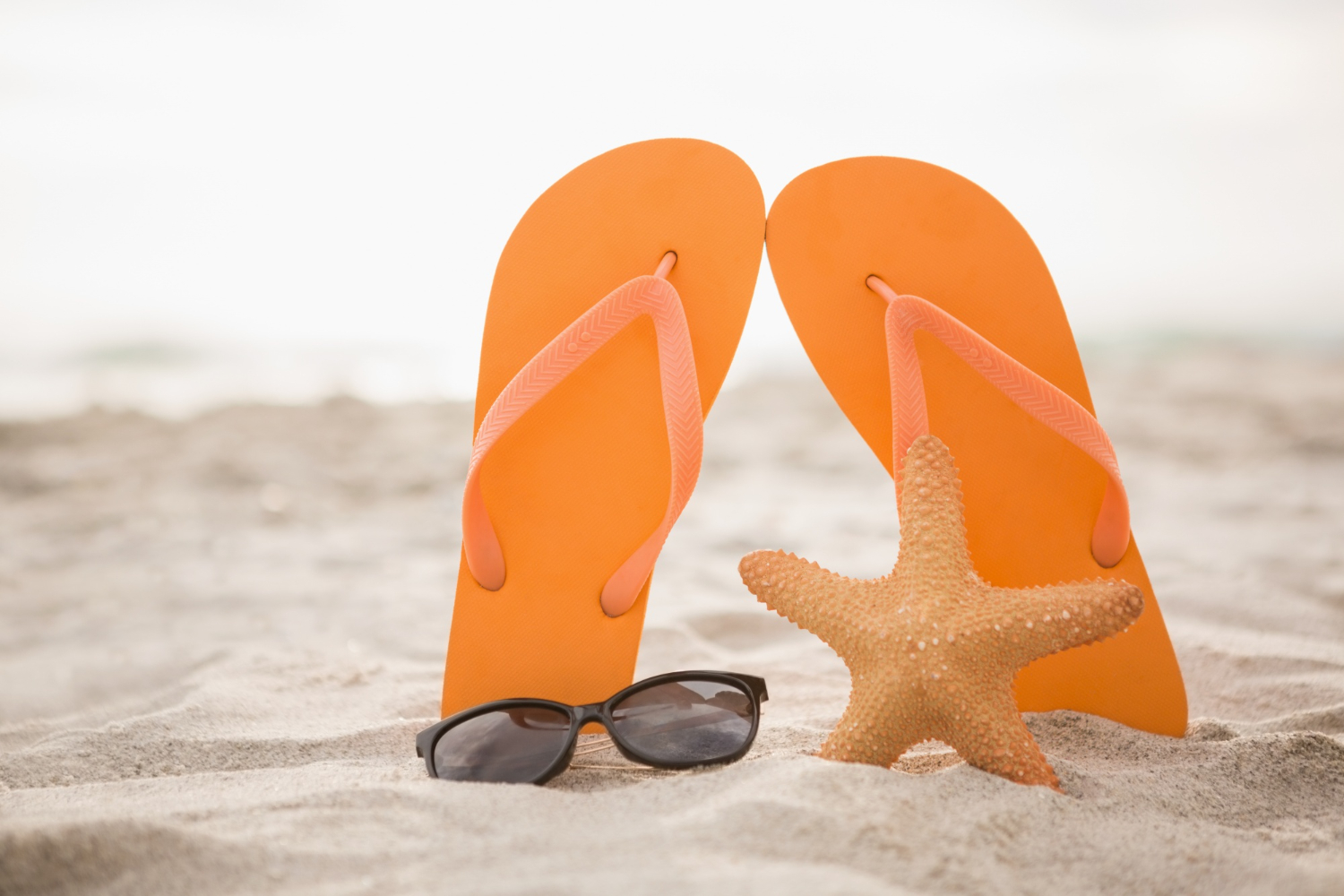Why Wearing Flip-flops Can Be Bad for Your Feet?
Flip-flops are a popular choice of footwear for many people, especially during the summer months. They are comfortable, easy to slip on and off, and they can be dressed up or down. However, there are several reasons why wearing flip-flops can be bad for your feet. Why wearing flip-flops are bad for your feet? That’s right, those beloved flip-flops that you love so much can actually cause some problems, including: No Arch Support One of the biggest problems with flip-flops is that they offer no arch support. This can lead to many problems, including: Plantar fasciitis. This is a painful condition that affects the band of tissue that runs along the bottom of your foot. It is caused by inflammation of the plantar fascia, which can be aggravated by walking or standing on hard surfaces without arch support. Bunions. These are bony bumps that can develop at the base of your big toe. They are caused by the toe being forced into an unnatural position, which can happen when you wear shoes that do not provide enough arch support. Hammertoes: These are toes that are bent at an unnatural angle. They can develop when you wear shoes that are too tight or that do not provide enough support. Poor Shock Absorption Another problem with flip-flops is that they offer very little shock absorption. This can lead to problems such as: Knee pain: When you walk in flip-flops, your feet strike the ground with more force than they would if you were wearing shoes with good shock absorption. This can put extra stress on your knees, leading to pain. Back pain: The extra stress on your knees can also lead to back pain. This is because your back muscles have to work harder to support your body weight when your knees are in pain. Injuries Flip-flops can also make you more likely to suffer injuries, such as: Stubbed toes: This is a common injury that can happen when you accidentally step on something with your bare foot. Cuts: Flip-flops can also cause cuts and scrapes on your feet. This is because they do not protect your feet from sharp objects on the ground. Infections: If you get a cut or scrape on your foot while wearing flip-flops, it is more likely to become infected. This is because your feet are more exposed to bacteria and other germs when you are not wearing shoes. When can you wear flip-flops? If you do choose to wear flip-flops, it is important to do so only for short periods and only on soft surfaces. For example, you might want to wear them around the pool or at the beach. However, you should avoid wearing them for long walks or hikes, or on hard surfaces such as concrete or asphalt. If you have any foot problems, such as plantar fasciitis or bunions, it is best to avoid wearing flip-flops altogether. Talk to a podiatrist about the best type of footwear for your feet.
Why Wearing Flip-flops Can Be Bad for Your Feet? Read More »



